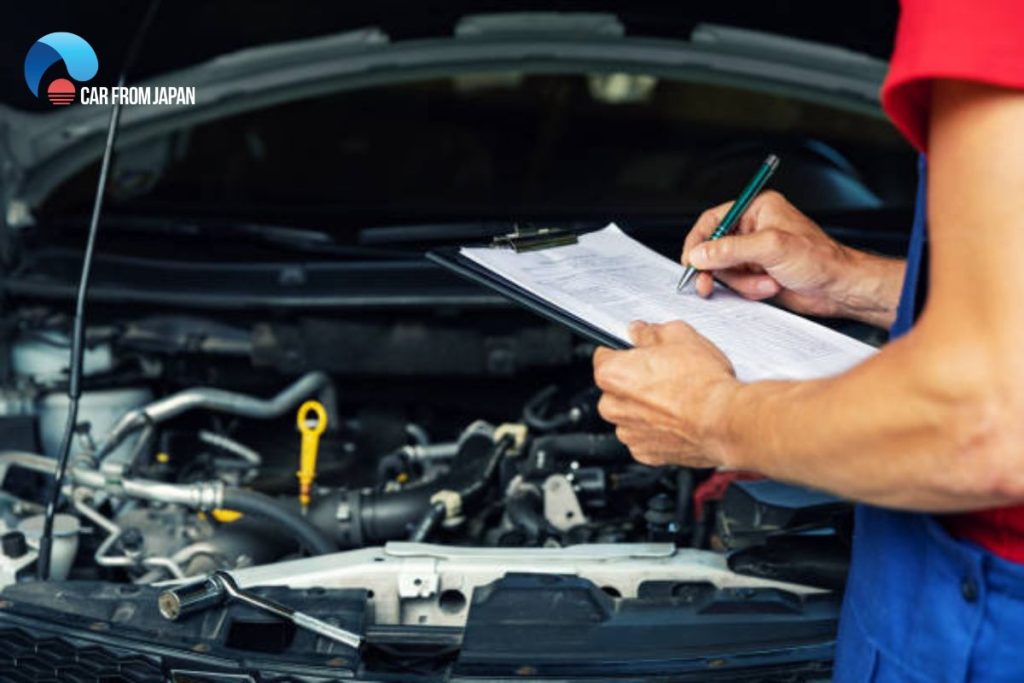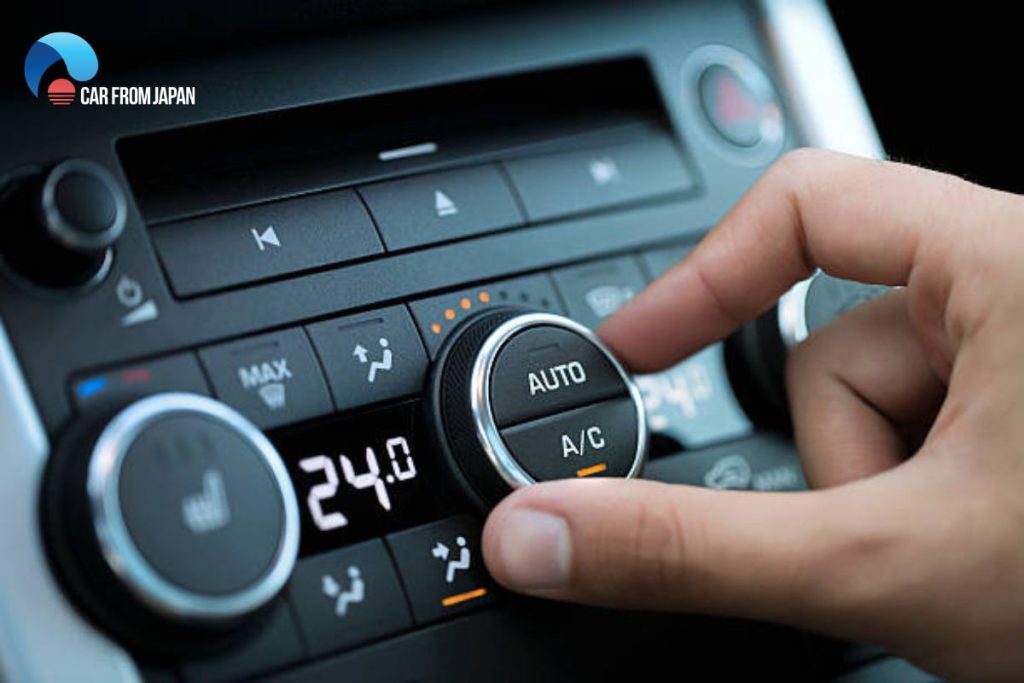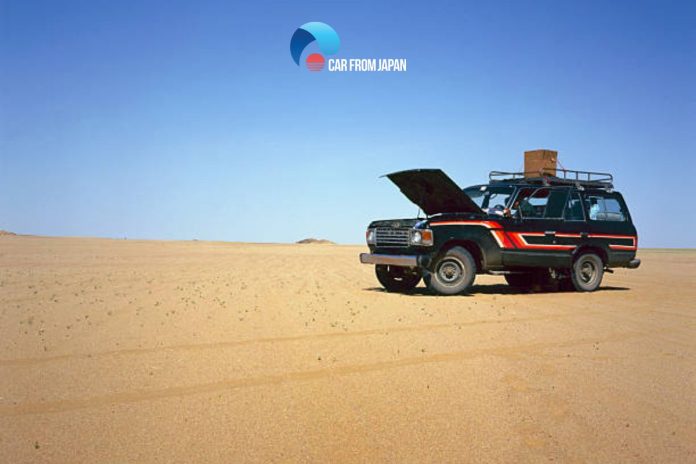Cars are built to handle a lot. But deserts? That’s a different story. The heat alone is punishing. Then add in dust that’s more like powdered glass, unexpected sandstorms, and roads hot enough to soften your tires. It’s not a matter of if your vehicle will struggle — it’s a matter of when.
If you’re navigating the relentless heat of Qatar, car insurance becomes more than just a formality — it’s a necessity. Your vehicle’s already working overtime in these conditions, and while insurance can cover the big stuff, it won’t prevent a timing belt from snapping or your engine from overheating. That part’s still on you.
Contents
Your Cooling System Can’t Be Lazy
In mild climates, you can get away with forgetting to check your coolant every few months. Try that in the desert and you’ll end up on the side of the road with steam pouring from under the hood. Engines here work overtime just to stay functional. Without proper cooling, they give up.
Start with coolant levels. Check them often. Weekly, if you drive daily. The reservoir should be topped up, and the fluid should be clean, not murky. Also, take a look at your radiator. If the fins are clogged with dust, it’s time for a rinse. Don’t forget the hoses. In extreme heat, rubber deteriorates quickly, and a small crack today can become a burst pipe tomorrow.
Don’t Trust Your Battery
Batteries hate heat. There’s no sugar-coating that. In desert climates, they degrade faster than you’d expect. A battery that would last four years in Europe might not make it to two here.
Here’s the trick. Never assume it’s fine just because your car started this morning. Check the terminals. Corrosion is common. Clean them up and make sure the connection is tight. Ask your mechanic to load-test the battery at every oil change. It takes five minutes and could save you a tow bill.
Also, don’t wait for symptoms. If it’s been two years and you live somewhere where summer arrives in April and leaves in November, just replace the battery. Peace of mind is worth it.

Filters Need Way More Love
Air filters. Cabin filters. Even your fuel filter. They all work overtime in dry, dusty places. The problem is, dust isn’t just unpleasant. It’s abrasive. Over time, it eats away at surfaces, clogs airflow, and messes with performance.
Open your air filter box and have a look. If it looks like a slice of chocolate cake instead of something white or yellow, replace it. Don’t just shake it off and hope for the best. That grit gets into your engine and causes wear from the inside out.
Cabin filters matter too. Breathing dust every day is bad enough outside. You don’t want it following you into your car. If your AC smells musty or the airflow seems weak, the cabin filter is probably choked with sand.
Tires Suffer Silently
Heat makes rubber soft. That might sound fine until you realize soft tires wear unevenly, lose pressure, and become dangerously vulnerable to blowouts. And here’s the kicker. You usually don’t notice until it’s too late.
Start by checking pressure weekly. Don’t rely on your eyes. Use a gauge. Also, rotate your tires every 5,000 to 8,000 kilometers. It spreads the wear evenly. And don’t cheap out on tires if you live in desert regions. You need ones designed to handle high surface temperatures and rough, dusty roads.
Also, keep an eye on the sidewalls. Cracks, bulges, or small cuts can result in surprising failure. If something seems off, get it checked properly. A blown tire at one hundred twenty kilometers per hour on a wasteland dual carriageway isn’t a revel in you want.
Fluids Disappear Fast
Heat does more than make you sweat. It evaporates everything. Engine oil thins out. Brake fluid absorbs moisture. The transmission fluid loses effectiveness. Even windshield washer fluid dries up quicker than you’d think.
That’s why fluid checks aren’t optional here. Engine oil should be checked every two weeks and changed more frequently than the standard interval. Go for high-temperature-rated oils. They’re built for this kind of environment.
The same goes for brake fluid and power steering fluid. Check them monthly. If they look dark or smell burnt, it’s time to flush them. Neglecting fluids in the desert isn’t just a maintenance issue. It’s a safety issue.
Paint and Trim Fade Fast
Let’s be honest. The sun here doesn’t just shine. It scorches. Left outside long enough, even the glossiest paint starts to dull. Plastic trims fade to gray. Rubber seals shrink and crack.
If you park outside regularly, use a sunshade. Better yet, find covered parking whenever you can. Wash the car often to remove abrasive dust, and use paint protection wax or sealant. It might sound cosmetic, but cracked trim and brittle seals can lead to leaks and rattles down the line.
Also, clean your windshield often. The fine sand acts like microscopic sandpaper. Over time, your wipers grind it into the glass and cause permanent haze. It’s not just ugly. It’s dangerous at night.
The Undercarriage Isn’t Immune
People forget this part. You can’t see it, so it’s out of mind. But the undercarriage takes a beating in the desert. Gravel roads, salt air near coastal regions, and constant exposure to dust and sand all wear it down.
Check for rust if you live near the sea. Clean off mud and caked dust. If you do off-roading or drive on unpaved roads often, get under there and inspect for damage. Skid plates and protective coatings help, but they’re not invincible.
The AC System Is Your Best Friend

You won’t last long without working air conditioning out here. But the AC system is also more prone to failure in extreme conditions. Compressors work harder. Seals dry out. Refrigerant can leak.
If the air stops blowing cold or starts smelling strange, don’t ignore it. That’s usually the start of something bigger. Have a technician check for leaks and clean the system if needed. And once a year, recharge it — even if it seems fine.
When Sandstorms Hit
They come fast. Sometimes you notice them on the horizon. Sometimes they simply happen. If you get stuck in a single lane at the same time while driving, gradually slow down, turn on your headlights on low beam, and keep away from preventing at the road. Visibility drops quickly, and the sand can scratch your windshield and clog your clear out out in minutes.
Afterward, check everything. Wipers. Filters. Windows. Even door seals. The dust gets everywhere. A car wash isn’t a luxury after a sandstorm. It’s maintenance.
A Few More Quick Tips
- Keep a car cover in your trunk. You’ll thank yourself at noon.
- Clean your headlights. Sand can fog the plastic over time.
- Replace wipers more often. The blades harden quickly in the heat.
- Never drive with a near-empty tank. Sediment settles in desert fuel systems.
Final Thoughts
Driving within the wilderness takes more than just a difficult vehicle. It takes attention. It takes preparation. And yeah, every so often it takes a touch of endurance whilst everything`s hot, dusty, and your battery decides a decision nowadays is the day to present up.
But in case you keep on with a strong preservation routine, use the proper fluids and filters, and maintain a close eye on the elements that suffer the most in this climate, you`ll be miles ahead of most drivers. Combine that with the right safety, like reliable vehicle coverage, and your probabilities of breakdowns go manner down.
Desert usage is probably unforgiving, however, it doesn`t have to be a gamble.



